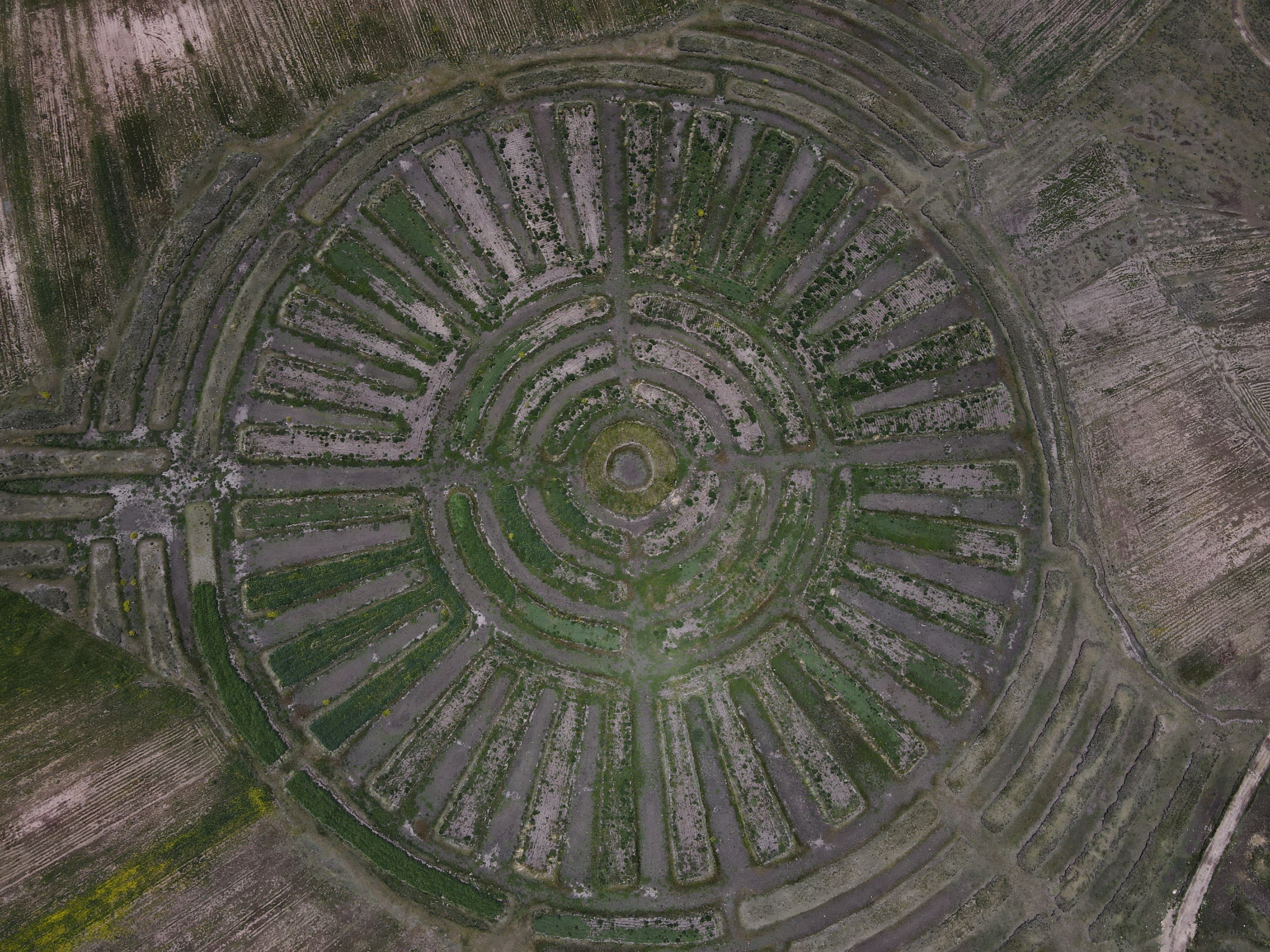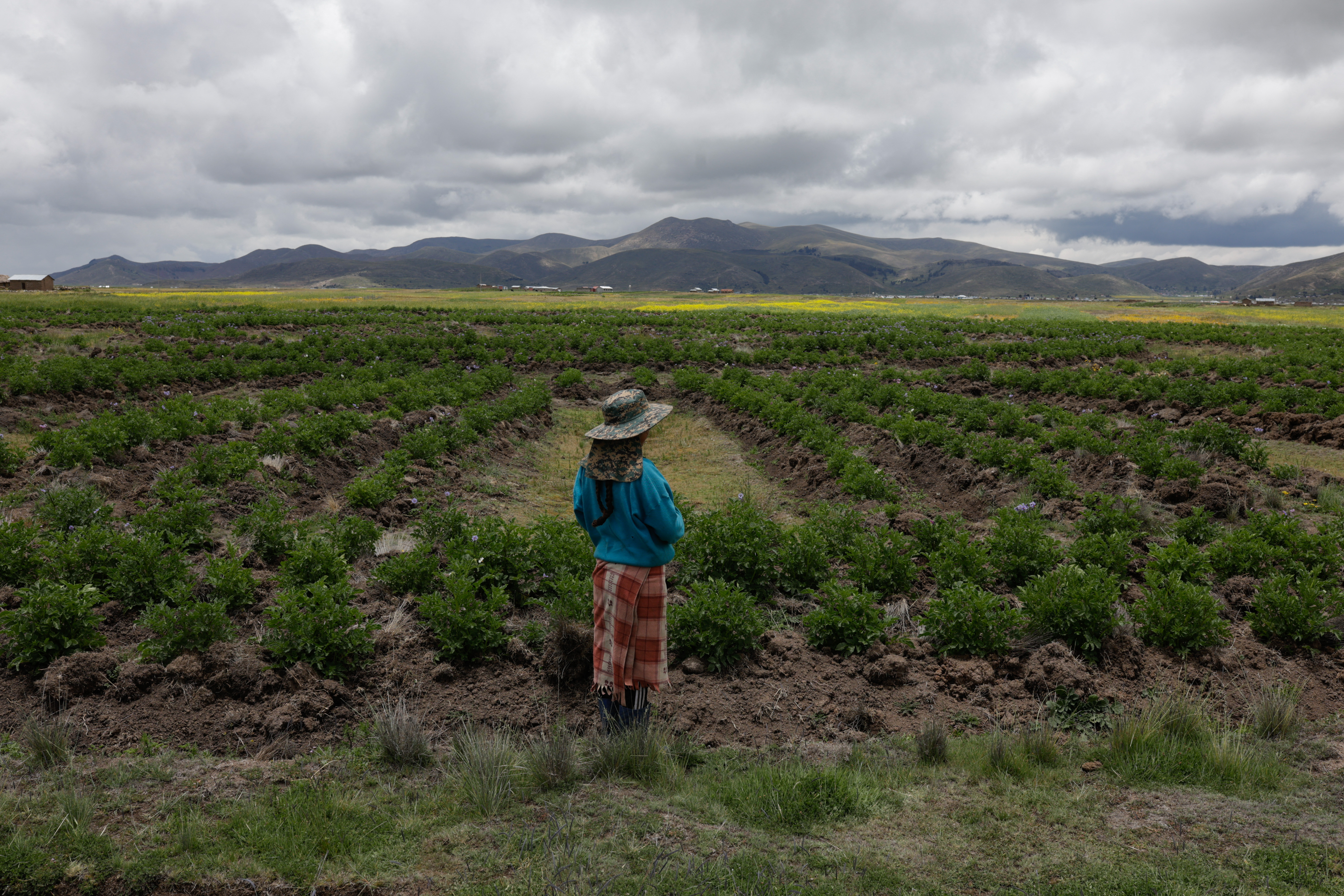Andean farmers fight climate change using centuries-old techniques

On the border of Peru and Bolivia, the Waru Waru, which means ridge in the indigenous Quechua language, continue to protect potato and quinoa crops in the region as they did 2,000 years ago
Sometimes thought to have been made by aliens, the huge, circular patterns are actually an ancient technique that farmers on Puno’s Andean plateau have brought back to combat climate change.
“It’s a farming system that allows us to face climate change that changes the seasons of the year, it’s very useful in times of drought and frost,” farmer Cesar Cutipa told Agence France-Presse (AFP) in an interview.
Puno lies on Lake Titicaca about 3,812 meters (12,507 feet) above sea level. Farmers have made six Waru Waru nearby in flood-prone fields.

Furrows form a rectangular platform, where planting is done. Surrounded by water, the planting beds are up to 100 meters long, between 4 and 10 meters wide and 1 meter high.
The water around the plants creates a microclimate, absorbing heat from the sun during the day and radiating it back at night to ward off frost in sub-zero temperatures.
“The Waru Waru cannot flood during the rainy season because they have an intelligent drainage system that reaches the river. They have many advantages,” agronomist Gaston Quispe told AFP.
In 2023, when Puno suffered one of the largest periods of drought in almost six decades, Waru Waru helped farmers cope with lack of water and avoid food shortages.
The area is home to mostly indigenous farming communities, mostly Quechua in Peru – and up the Andes – and both Quechua and Aymara in Bolivia.

“We are able to live here peacefully because we have our potatoes, our quinoa and barley. We can be in peace without going to the city,” 22-year-old farmer Valeria Nahua said.
Source: Agence France-Presse



